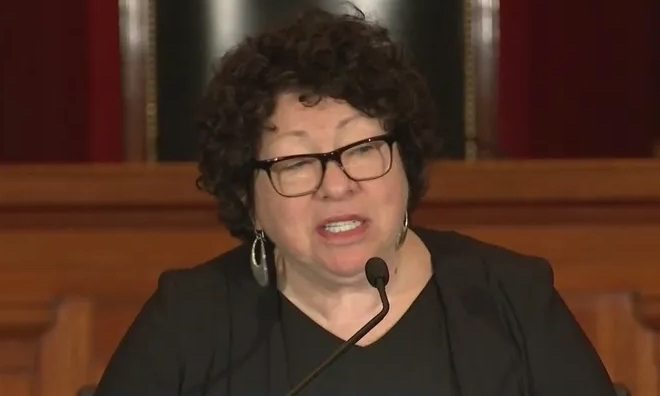David Dayen writes for the American Prospect about the scheme U.S. Senate Democrats are pursuing during California Sen. Dianne Feinstein’s extended absence.
Democrats have a thin majority in the Senate, and their main job for the next 20 and a half months is confirming judges. Feinstein sits on the Judiciary Committee, and her indefinite absence gives that committee an even number of Democrats and Republicans. Under current rules, a deadlocked nominee cannot emerge from the committee to a vote on the Senate floor. …
… That’s why Democrats tried to fashion half a solution Wednesday night, with Feinstein asking to be “temporarily” replaced on the Judiciary Committee until she can return to Washington. Senate Majority Leader Chuck Schumer (D-NY) said he would honor the request: “Per Sen. Feinstein’s wishes, Majority Leader Schumer will ask the Senate next week to allow another Democratic senator to temporarily serve on the Judiciary Committee,” a spokesperson said.
The operative word here is ask. …
… Mid-session changes to committees, due to the vacancies of seats or the admission of new senators, are also typically boring affairs. But they do require a resolution. So when Schumer says he will “ask” the Senate next week, what he means is that he will offer a resolution for unanimous consent to restructure the Judiciary Committee, with Feinstein off and a replacement senator on.
Any single senator could deny unanimous consent to that resolution. While it would be unusual to do so, this is a case where denying unanimous consent would block the ability for Democrats to eventually get their judges through. …
… At that point, Schumer would have a few options. He could file cloture and attempt to push through the resolution by a vote. But that would require breaking a filibuster; he’d need 60 votes for that, and with Feinstein out, that means he’d have to get the vote of ten Republicans, who reportedly want a say in who replaces her. …
… Schumer could also try to reinstate a rule whereby tie votes in the Judiciary Committee can be discharged by a Senate floor vote.


